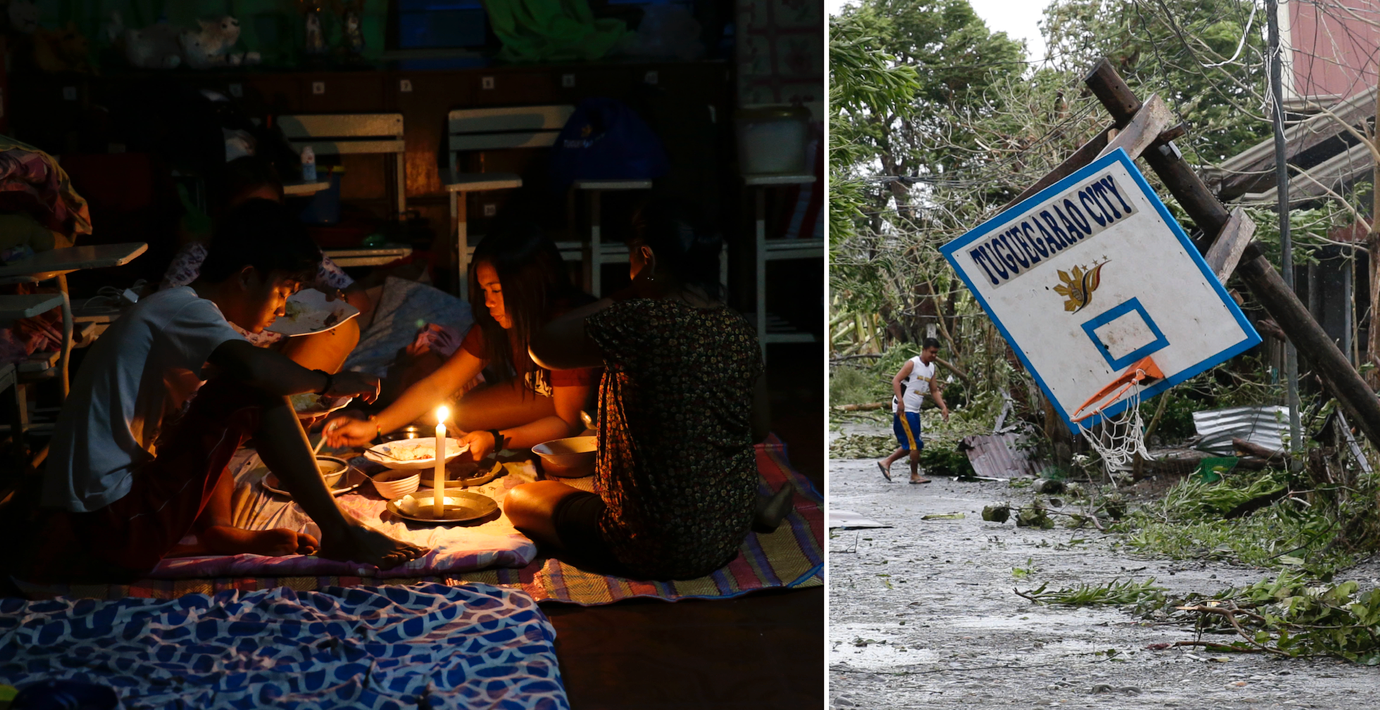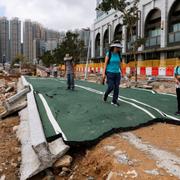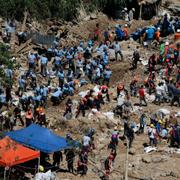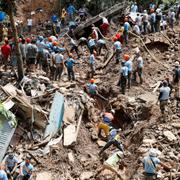
Alla hus i staden skadades: ”Det var helt fruktansvärt”
Vartenda hus i Tuguegarao City i norra Filippinerna skadades när tyfonen Mangkhut drog förbi under natten, uppger myndigheter enligt BBC.
Advokaten Carmelo Lasam berättar hur hela hans familj satt vakna hela natten och bad för att de skulle klara sig oskadda.
– Stormen låg över oss så länge, det var helt fruktansvärt, säger han till BBC.
Lasam beskriver skadorna i staden som ”omfattande” – men berömmer de lokala myndigheterna som arbetat hårt med att varna och evakuera människor inför tyfonens ankomst.
Tuguegarao City har över 150 000 invånare
Wikipedia (en)
Tuguegarao, officially Tuguegarao City (Ibanag: Siudad nat Tuguegarao; Itawit: Siudad yo Tuguegarao; Ilokano: Siudad ti Tuguegarao; Filipino: Lungsod ng Tuguegarao [tʊgɛ̝gäˈɾɐw]) and referred to by locals as Tugue, is a 3rd-class component city in the Philippines. It is the capital of the province of Cagayan and the regional and institutional center of Cagayan Valley Region. With a population of 153,502, it is a major urban center in the Northeastern Luzon, a primary growth center and one of the fastest growing cities in the Philippines.
Dubbed as the “Gateway to the Ilocandia and the Cordilleras,” the city, on the southern border of the province, is located where the Pinacanauan River empties into the Cagayan River and is surrounded by the Sierra Madre Mountains to the east, Cordillera Mountains to the west, and the Caraballo Mountains to the south.
The highest temperature ever recorded in the Philippines—42.2 °C (108.0 °F)—was recorded in Tuguegarao on April 29, 1912 and again on May 11, 1969. The average temperature during March and April is 38 °C (100 °F), one of the highest in the country.
Tuguegarao City, Filippinerna
Omni är politiskt obundna och oberoende. Vi strävar efter att ge fler perspektiv på nyheterna. Har du frågor eller synpunkter kring vår rapportering? Kontakta redaktionen



